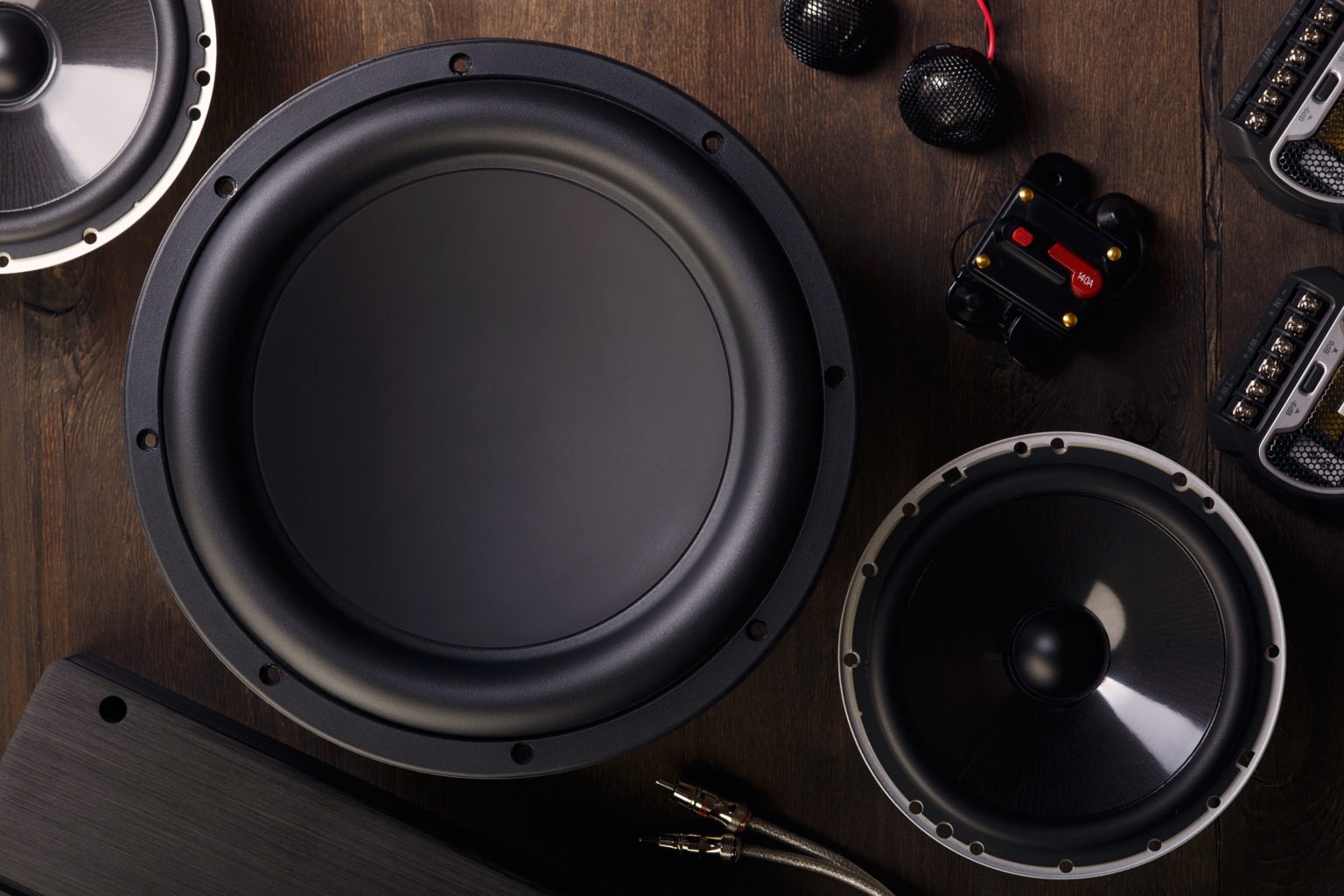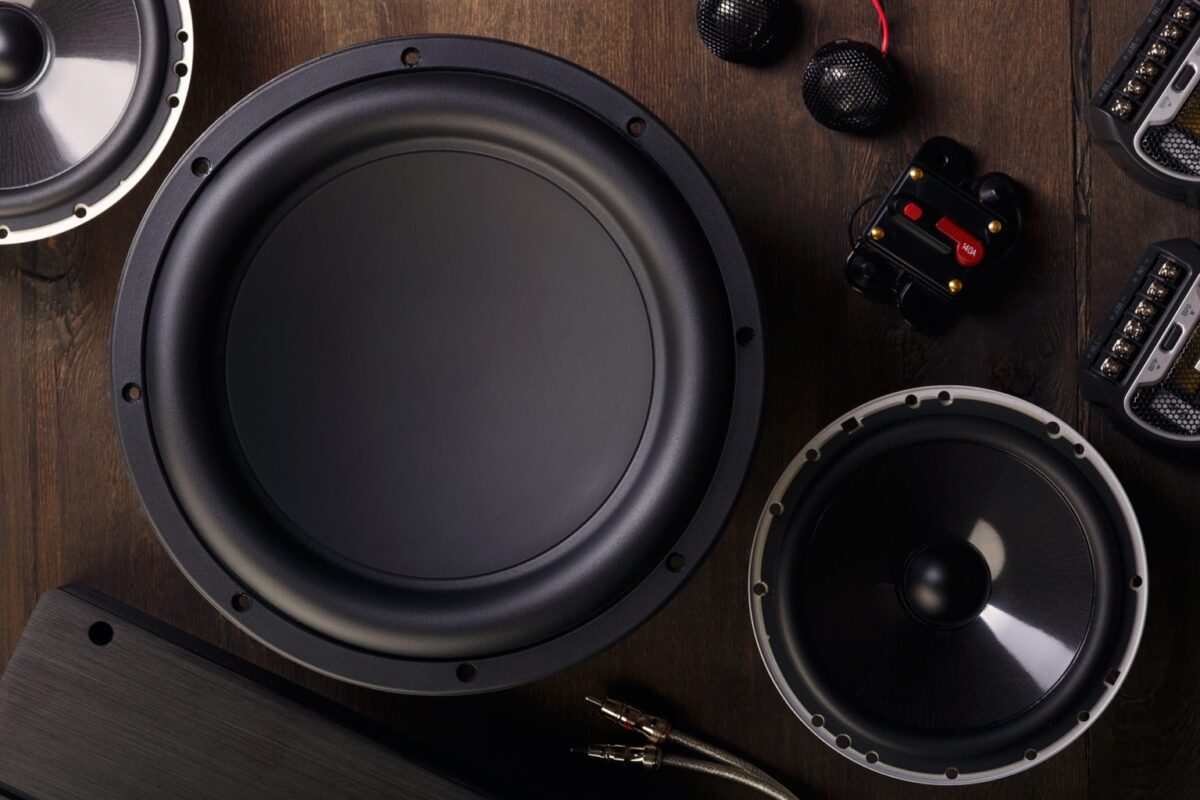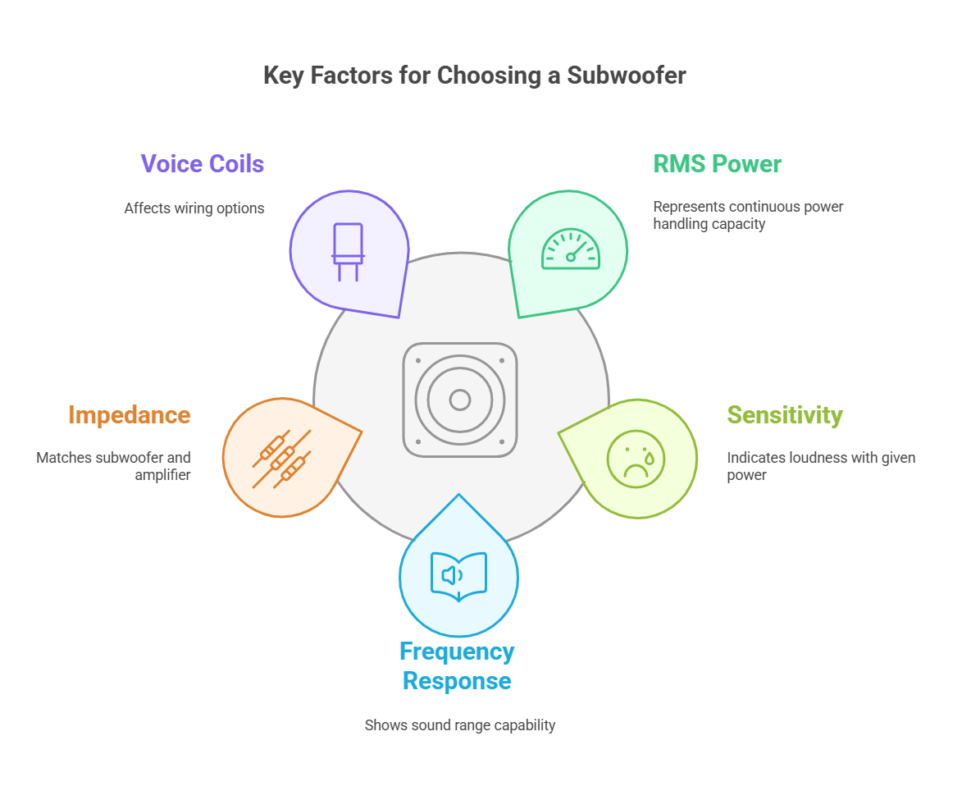10+ Ways to Unleash Powerful Bass: Top 15-Inch Subwoofers Under $200

Seriously, who doesn’t love feeling that deep bass that just makes your music explode or throws you right into the action of a movie? For way too long, it’s felt like you needed a lottery win to get that kind of power. But guess what? You totally can get awesome, window-rattling bass without needing to sell your prized possessions. We’re diving into the super cool world of 15-inch subwoofers that somehow, magically, cost less than $200! Get ready to discover how you can bring the boom without breaking the bank—we’re serious!
Table of Contents
- 1 Why a 15-Inch Subwoofer, Though? (The Secret Power of Going Big)
- 2 Let’s Kill This Myth: Awesome Bass Doesn’t Have to Cost a Fortune
- 3 Okay, Let’s Talk Tech: What Actually Matters When You’re on a Budget?
- 4 Enclosures: They Change the Game (Seriously!)
- 5 Our Top Picks: Bang for Your Buck 15-Inch Subwoofers (Under $200, seriously!)
- 6 Giving Your Bass Some Juice: Picking the Right Amplifier
- 7 Making it Sound Epic: Installation Tips
- 8 Help! My Sub’s Acting Up: Troubleshooting Time
- 9 Your Burning Questions (Beyond the Basics)
- 10 Wrapping It Up: Unleash the Bass Without Emptying Your Account!
Why a 15-Inch Subwoofer, Though? (The Secret Power of Going Big)
When we talk about getting that chest-thumping low-end, size actually does matter. A 15-inch subwoofer? It’s got way more surface area than those smaller 10 or 12-inch guys. This means it pushes way more air, and that’s how you get deeper, more powerful, and just plain more impactful bass. You don’t just hear it; you properly feel it. So, whether you’re dreaming of a car audio system that makes heads turn for blocks or a home theater that makes movie nights epic, a 15-inch sub can deliver the goods.
Let’s Kill This Myth: Awesome Bass Doesn’t Have to Cost a Fortune
It’s easy to think that you need to drop serious cash for serious bass. But here’s the good news: technology’s gotten way better, and making cool stuff is more efficient these days. You might be surprised at the punch you can get for under 200 bucks. Yeah, you might not get every single fancy feature of a super high-end sub, but you can definitely snag budget-friendly options that give you seriously satisfying deep and punchy bass. Perfect for making your tunes thump or those action movies feel real.

Okay, Let’s Talk Tech: What Actually Matters When You’re on a Budget?
Those spec sheets can look like a different language, we know. Let’s break down the important stuff so you can make a smart choice:
- RMS Power vs. Peak Power: Think of RMS (Root Mean Square) power as the power the sub can handle all day, every day. Peak power is just a quick burst it can manage for a split second. Seriously, focus on the RMS number. That’s the real deal.
- Sensitivity (and Why It’s Your New Best Friend): This tells you how loud the sub gets with a certain amount of power. It’s measured in decibels (dB). Higher sensitivity? That’s good! It means you get more volume with less power. Handy if you’re not rocking a super-powerful amp.
- Frequency Response (Getting Down Low): This tells you the range of sounds the sub can make. For deep bass, you want a low number on the bottom end. Like, if it says 20Hz-200Hz, that 20Hz means it can hit those super low notes.
- Impedance (Matching Your Sub to Your Amp—Super Important!): This is like the electrical resistance of the sub. You gotta match this to what your amp can handle! It’s measured in ohms (like 2, 4, or 8 ohms). If you don’t match it, things can sound bad, or even worse, you could fry your gear.
- Voice Coils (One or Two?): Subs can have one or two of these. It mainly changes how you can wire them up to your amp. You’ll see single (SVC) or dual (DVC) voice coils. DVC gives you more ways to connect it.

Enclosures: They Change the Game (Seriously!)
The box your subwoofer lives in? It makes a HUGE difference in how it sounds.
- Sealed Enclosures: Think airtight boxes. These give you tight, accurate, and controlled bass. If you’re picky about how your music sounds, this is often a good pick. They can need a bit more power to get loud, though.
- Ported Enclosures: These boxes have a vent, or a port. This makes the bass louder and boomier. A lot of car audio folks and movie buffs like these for that extra impact. But if the port isn’t designed well, it can sound a bit muddy.
- (Quick Note on) Bandpass Enclosures: These are more complicated. The subfires into one closed-off area, then the sound goes through a port into another area. They can get super loud in a small range, but might not sound great for everything.
Provides comprehensive insights into selecting the right subwoofer for home theater systems.
Source: Crutchfield
Our Top Picks: Bang for Your Buck 15-Inch Subwoofers (Under $200, seriously!)
Alright, let’s get to the fun part! Here are a few 15-inch subs that are known for punching way above their weight:
| Brand | Model Number | What Makes It Cool | Ballpark Price |
|---|---|---|---|
| Skar Audio | EVL-15 D2/D4 | Handles a ton of power (800W RMS!), you can choose dual 2 or 4 ohm, awesome value! | $170-$190 |
| American Bass | Elite 1544 | Solid power (600W RMS), 4-ohm, people love it for the seriously deep bass it kicks out. | $150-$180 |
| DS18 | EX154D | Super sensitive (93dB!), great if you don’t have a super powerful amp. Dual 4-ohm. | $130-$160 |
(Just a heads up: Prices bounce around, so double-check!) These are just a few to get you started. Definitely read some recent reviews to see what people are saying right now before buying.
Giving Your Bass Some Juice: Picking the Right Amplifier
You can’t just plug one of these bad boys into any old amp and expect it to rock your world. Matching your amp to your sub is key for getting the best sound and making sure you don’t blow anything up. Here’s the gist:
- Power Matching (RMS Again!): You ideally want an amp that puts out about the same amount of RMS power as your sub can handle, or maybe a little more. This makes sure the sub gets enough clean power to sound its best without struggling.
- Impedance Matching (Still Super Important!): Yep, back to this. Make sure your amp can handle the impedance of your sub (or the combined impedance if you’re running more than one sub).
- Don’t Go Overboard: While a little extra power is generally safer than not enough, don’t go crazy and way overpower your sub. That’s a recipe for disaster.
For these budget-friendly 15-inch subs, you’ll probably want to look at monoblock amps (those are the ones built just for subs) that push around 500-800W RMS at the right impedance for your sub.
Making it Sound Epic: Installation Tips
Getting your sub installed correctly makes a massive difference.
- Car Audio:
- Where to Put It: Try different spots in your trunk. Facing it towards the back of your car often works well, but every car’s different, so experiment!
- Wiring: Use thick enough speaker wire! You don’t want to starve your sub of power. Check out a wiring gauge chart based on how long the wire is and how much power you’re pushing.
- Home Theater:
- Corner Placement: Putting your sub in a corner can make the bass louder. But sometimes it can make the bass sound uneven. Play around with placement.
- Your Room Matters: How your room is shaped and what’s in it affects bass a lot. If your bass sounds boomy or uneven, look into things like bass traps to help even things out.
Help! My Sub’s Acting Up: Troubleshooting Time
Even with awesome gear, stuff can happen. Here’s how to deal with some common subproblems:
- Sounding Distorted When It’s Loud: You might be pushing the sub or amp too hard (that’s called clipping). Turn it down a bit and check your wiring.
- Weak or Muddy Bass: Could be your sub isn’t getting enough power, the box isn’t right for the sub, or it’s just not in a good spot.
- Rattling Sounds: Something’s probably loose! Check the subbox and anything around it that might be vibrating.
- Sub’s Just Dead: Check your power wires, the fuses, and the speaker wires. Make sure your amp is actually on!
Your Burning Questions (Beyond the Basics)
- Will a 15-inch sub fit in my [car model/room size]? Gotta measure! Figure out how much space you’ve got and compare that to the sub’s size and the box you’re planning to use.
- Do I need some crazy special power thing for my sub? For your car, you’ll need to run a power wire straight from your car’s battery to the amp. For home, a regular wall outlet works for most subs.
- How long will a budget sub even last? If you hook it up right and don’t constantly blast it to its max, it should last you a good while.
- Can I just throw two different 15-inch subs together? You can, but it’s usually better to use two of the exact same sub for balanced sound. Mixing and matching can sometimes mess with the sound.
RELATED POSTS:
- 📖 The Ultimate Guide to Choosing the Best USB Headphones with Mics for PC Users
- 📖 Top 7 Reasons to Buy Refurbished Business Headsets for Sale Today
- 📖 Headphone Amplifier: Unlock 10X Richer Sound with This Definitive Guide!
Wrapping It Up: Unleash the Bass Without Emptying Your Account!
So, as you can see, you really can get seriously impressive bass without needing to take out a loan. These 15-inch subwoofers under $200 prove it! If you get the basics down, pick the right box, and pair it with a good amp, you’re going to be blown away by the sound you can get without blowing your budget. Go on, dive into the world of affordable bass, and get ready to feel the music!
Got questions about picking the perfect budget-friendly 15-inch sub? Hit us up in the comments! We’re here to help you find the bass of your dreams.
Hear the difference: Explore our top picks now!
